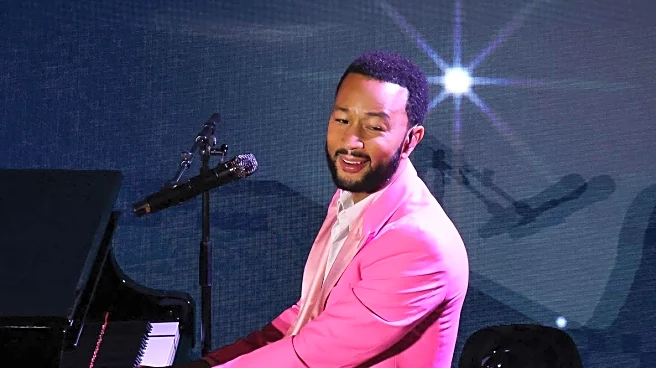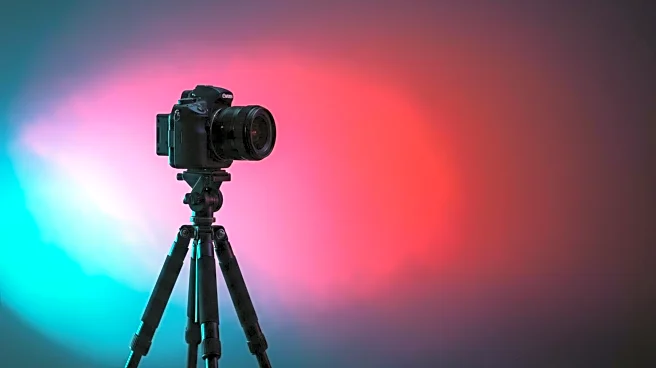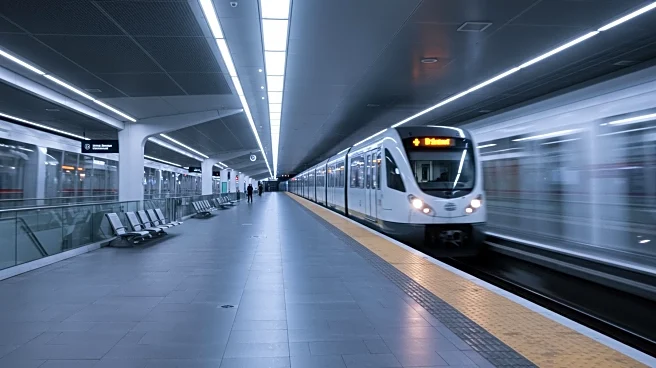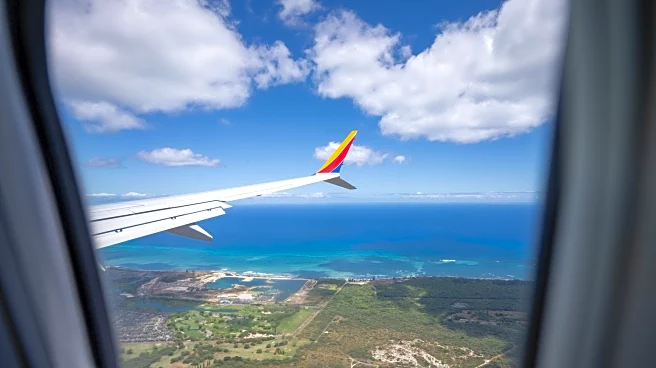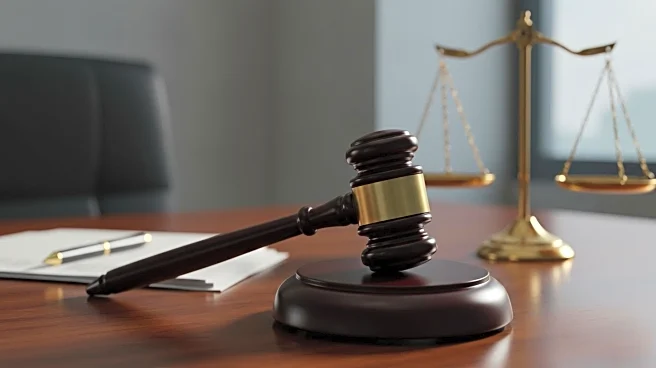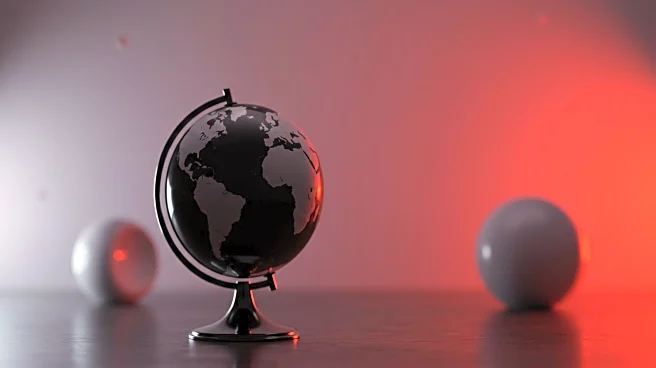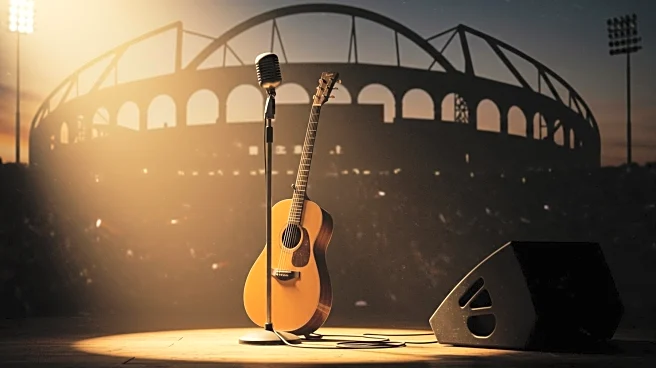What is the story about?
What's Happening?
During the summer months, Chicago's streets and public spaces come alive with the sounds of buskers, or street performers, who take advantage of the warm weather and increased tourism. These performers, ranging from drummers to saxophonists, can be found on sidewalks, CTA platforms, and near landmarks such as the Art Institute of Chicago. The Chicago Bucket Boys, known for their energetic drumming, are among the regular performers who return to their favorite spots each year. Many buskers set out tip buckets, some equipped with QR codes for digital payments, allowing them to connect with the city's vibrant busking community.
Why It's Important?
Street performances contribute significantly to the cultural and economic landscape of Chicago. They enhance the city's appeal to tourists and locals alike, offering spontaneous entertainment and enriching the urban experience. For the performers, busking provides a platform to showcase their talents, earn income, and engage with diverse audiences. The presence of buskers also reflects the city's support for the arts and its commitment to fostering a lively and inclusive public space. As digital payment options become more common, buskers can reach a broader audience, ensuring their art remains accessible and appreciated.
What's Next?
As summer continues, buskers will likely maintain their presence across Chicago, adapting to changing weather and audience dynamics. The city may see an increase in digital payment methods among performers, reflecting broader trends in technology adoption. Local businesses and tourism agencies might collaborate with buskers to enhance visitor experiences, potentially leading to organized events or festivals celebrating street performance. Additionally, discussions around regulations and support for buskers could emerge, aiming to balance public space use with artistic expression.
Beyond the Headlines
The rise of digital payment options among buskers highlights a shift towards modernizing traditional practices, offering insights into how technology can enhance cultural activities. This trend may encourage other cities to explore similar integrations, promoting accessibility and innovation in the arts. Furthermore, the presence of buskers in public spaces raises questions about urban planning and the role of art in community building, prompting discussions on how cities can support and regulate street performances while preserving their unique cultural identities.
AI Generated Content
Do you find this article useful?


